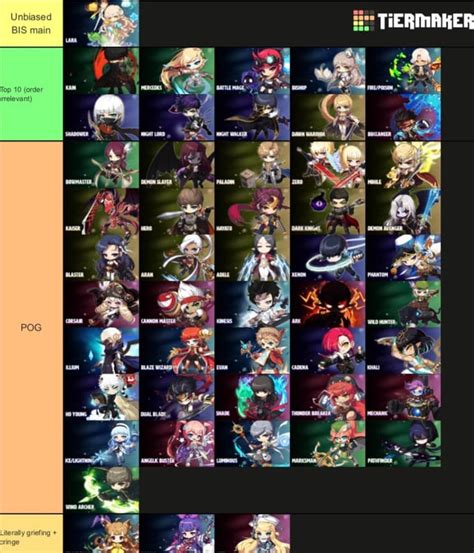5 T Mobile 4G Bands

T-Mobile, one of the major wireless network operators in the United States, utilizes a variety of 4G bands to provide its customers with fast and reliable data services. The company's 4G network, which is based on Long-Term Evolution (LTE) technology, operates on several frequency bands, each with its own set of characteristics and advantages. Understanding these bands is essential for optimizing network performance and ensuring compatibility with various devices.
Overview of T-Mobile 4G Bands

T-Mobile’s 4G network is built on a combination of low-band, mid-band, and high-band spectrum. This diverse portfolio allows the company to offer widespread coverage, including in rural areas, as well as high-capacity services in urban zones. The main 4G bands used by T-Mobile include Band 2 (1900 MHz), Band 4 (1700⁄2100 MHz), Band 12 (700 MHz), Band 66 (1700⁄2100 MHz), and Band 71 (600 MHz).
Band 2 (1900 MHz) and Band 4 (1700⁄2100 MHz)
Bands 2 and 4 are among the earliest bands used by T-Mobile for its 4G services. Band 2 operates on the 1900 MHz frequency, while Band 4 uses the 1700⁄2100 MHz (AWS) spectrum. These bands offer a good balance between coverage and capacity, making them suitable for a wide range of applications, from voice services to mobile broadband. However, their higher frequency compared to low-band spectrum means they have less range and are more prone to being affected by physical barriers.
Band 12 (700 MHz) and Band 71 (600 MHz)
Bands 12 and 71 are considered low-band spectrum, with Band 12 operating on the 700 MHz frequency and Band 71 on the 600 MHz frequency. These bands are highly valued for their ability to penetrate buildings and cover large distances, making them ideal for rural areas and indoor coverage. T-Mobile has made significant investments in these bands to improve its network coverage and reliability across the country.
Band 66 (1700⁄2100 MHz)
Band 66 is another important band for T-Mobile, offering additional capacity and capabilities similar to Band 4. It operates on the same 1700⁄2100 MHz frequencies and is used to enhance the network’s performance in areas with high demand. This band is particularly useful in urban and suburban environments where data usage is typically higher.
| Band | Frequencies | Description |
|---|---|---|
| Band 2 | 1900 MHz | Early 4G band with good balance between coverage and capacity |
| Band 4 | 1700/2100 MHz | High-capacity band suitable for urban and suburban areas |
| Band 12 | 700 MHz | Low-band spectrum for extensive coverage and penetration |
| Band 66 | 1700/2100 MHz | Additional high-capacity band for enhancing network performance |
| Band 71 | 600 MHz | Low-band spectrum for wide coverage and deep penetration |

Key Points
- T-Mobile operates its 4G network on multiple bands, including Band 2, Band 4, Band 12, Band 66, and Band 71.
- Low-band spectrum (Bands 12 and 71) is crucial for extensive coverage and penetration, especially in rural areas.
- Mid-band and high-band spectrum (Bands 2, 4, and 66) offer a balance between coverage and capacity, suitable for a wide range of applications.
- The combination of these bands enables T-Mobile to provide fast and reliable data services across different environments.
- Understanding the characteristics of each band is essential for optimizing network performance and ensuring device compatibility.
In conclusion, T-Mobile's use of a diverse set of 4G bands is a key factor in its ability to deliver high-quality network services. As the demand for data continues to grow, the strategic utilization of spectrum resources will remain critical for meeting customer expectations and staying competitive in the wireless market.
What are the main 4G bands used by T-Mobile?
+T-Mobile’s main 4G bands include Band 2 (1900 MHz), Band 4 (1700⁄2100 MHz), Band 12 (700 MHz), Band 66 (1700⁄2100 MHz), and Band 71 (600 MHz).
What is the advantage of low-band spectrum like Band 12 and Band 71?
+Low-band spectrum offers better penetration and wider coverage, making it ideal for rural areas and improving indoor coverage.
Why does T-Mobile use a combination of different bands?
+T-Mobile uses a combination of bands to balance coverage and capacity, ensuring it can provide fast and reliable services to customers in various environments.



